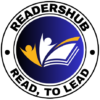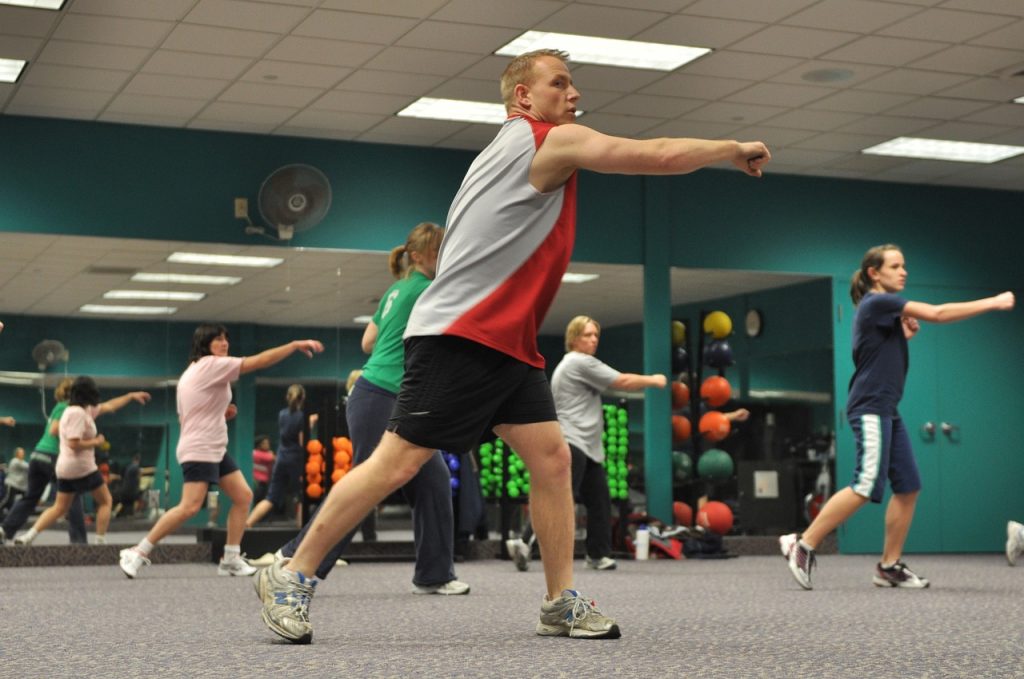Teachers, what are your class activities like? Do they always seem to revolve around memorizing and regurgitating facts? Do you feel like there’s a better way to teach your students without it turning into an exercise in futility? How about using multiple intelligence to teach in new and more engaging ways? Multiple intelligence theory states that people learn best through the use of multiple different bits of intelligence, including logical/mathematical, verbal/linguistic, spatial, musical, bodily-kinesthetic, interpersonal, intrapersonal, and naturalistic.
Visual: Think in Pictures
Asking students to draw what they are learning can help them make connections between their new knowledge and things they already know.
1) Have your students create a drawing that illustrates the topic you’re about to teach, like a diagram of a cell or a diagram of the water cycle. Then project these drawings on the board while teaching.
2) Give each student two pieces of paper – one blank and one with words on it – and ask them to put both together in a way that makes sense according to what you’re discussing in class. For example, if we were talking about animal cells, I would give out an image of a cell with animal illustrations inside it and an empty sheet of paper for the student’s idea of an animal cell. Then after all of the students have completed this task, I will hang up all the pictures on my wall so that when I discuss certain points from our lesson plans, such as mitosis and meiosis, there will be visual representations of those terms too.
3) Ask your students to find a series of pictures that relate to the topic being discussed and then have them order these images chronologically.
Verbal-Linguistic: Group Discussions
Group discussions are a powerful way to engage your students in higher-level thinking. They can be used as a formative or summative assessment tool and just a fun activity for class. Below are some ways you could use group discussions in the classroom:
– As an introduction to an instructional unit that will be taught throughout the term (e.g., use group discussions for introductions)
– As a formative assessment during an instructional unit that teaches an important concept (e.g., have students present their understanding of the concept by giving them feedback from other classmates)
– As a summative assessment of what has been learned throughout the semester (e.g., have one final discussion on what has been learned over the course of the class)
Bodily-Kinesthetic: Get Moving
Bodily-kinesthetic learners are active learners. They learn best when they’re moving. That’s why it’s important to incorporate movement into your lessons, whether it’s by standing or sitting on the floor, walking in place, or dancing. You can also use objects in the classroom like balls, blocks, hula hoops, feathers, scarves, etc., that allow for movement. If possible, try to incorporate movement at least every fifteen minutes during a lesson.
Musical – Sing, Dance or, Play Music Together
One way you can use multiple intelligence in the classroom is by having students sing, dance or , play music together. This can be an especially engaging activity for a younger class. For example, you could have them dance in place while one person starts singing a song that the group has to copy. Then, they switch roles: one person sings while others dance, and, so on. This is also a good idea if you are trying to get your students up and moving around during a lesson (e.g., during math). It would also work well with a partner activity because one student will do their part of the assignment while the other listens and then does theirs.
Physical – Play Group Sports Together: Another way to incorporate multiple intelligences into a lesson plan is by playing group sports together. You could split kids into two teams who then compete against each other either at different stations or on the same field as long as there are enough balls available for everyone.
Intellectual – Give Presentations: Another thing you might want to do with your classes is give presentations in front of each other, either about something within their own area of study (as long as it’s not graded) or about something completely unrelated like their favorite book series.
Interpersonal – Partner with Someone.
One of the simplest ways to use multiple intelligence in your classroom is by partnering with someone. Every lesson doesn’t have to be done alone, you can always find a partner who is willing to help you out. It’s a great way for students to learn from each other and make friends!
Intrapersonal – Journal
I think that using multiple intelligence to create interesting classroom activities is an excellent idea. It will make our class more engaging and interactive, which will keep students from getting bored. We can also use this technique as a way for students who do not enjoy speaking in front of the class much, such as myself, to get involved without putting too much pressure on them.
Naturalist – Explore Nature Outside
Naturalist intelligence is all about exploring nature. Let’s explore some of the ways you can use this intelligence to make your classroom more interesting: * Get out into nature with your students. Take them on a hike, show them pictures of wildflowers, or take a field trip to a local park or museum. * Have students write poetry or draw pictures about their time outside in nature.
Existential – Ask Questions
What is your favorite video game, TV show, or, movie?
Which of the five senses do you rely on most for information about the world around you?
If you could only use one sense for the rest of your life, which would it be?
What was your favorite subject in school? Why did you choose that subject? How can we make our classroom more like that class?
Which skill is a great skill to have as an adult but not as much fun as other skills? Why does this skill matter so much anyway?
Conclusion
Eight types of intelligence can be used in the classroom. These include logical-mathematical, linguistic, musical, spatial, bodily-kinesthetic, interpersonal, and naturalistic skills. Integrating multiple intelligences into the classroom will make your lessons more interesting and engaging for all students.


Multiple intelligence is one of the 21st-century skills that every teacher must acquire.
Some people learn by seeing. That is why teachers must try as much as possible to add audio-visual materials to their lessons.